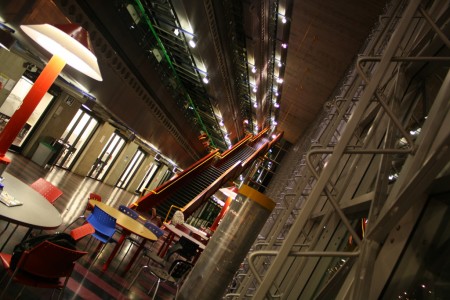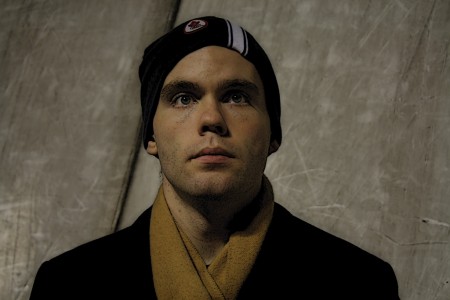
Two critical aspects of the problem of climate change can be well understood by means of alcohol-based analogy: the time lag between emissions and climatic consequences and the one-off nature of our decisions.
The last few decades have seen a surge in global greenhouse gas emissions. Due to lags in the climate system, the effects of those gasses are not yet felt, whether in terms of temperature or other climatic phenomena. It is as though we have started doing shots of vodka every thirty seconds. Even after the tenth shot, it is entirely possible that you are feeling lucid. You can talk, walk around, and drink more vodka. If you keep drinking at such a rapid pace until the point where you really feel the effects of the first shots, you have a whole mass of additional (and probably rather unpleasant) impacts still to come.
The reason this is so dangerous is that we only get one chance to decide when to stop drinking. Most people probably have a few experiences of youthful exuberance and realize they need to take into account the anticipated consequences of drinks, rather than just keep drinking until they cannot do so any longer. There is scope to learn from experience. As with global thermonuclear war, climate change offers no opportunities to learn by experience. We have one planet and, by extension, one timeline for greenhouse gas emissions and their atmospheric concentrations. If we are going to stop before we go too far, we are going to need the wisdom to anticipate consequences (as the IPCC and other scientific bodies have already done) as well as the will and good judgment to heed that advice.
The final issue to bear in mind is that of where the costs fall. The danger of drinking yourself to death is one that each individual engages with directly. By contrast, most of the dangers associated with climate change are inadvertently borne by those in future generations. Continuing to emit greenhouse gasses is thus somewhat equivalent to drinking while pregnant. While some of the health consequences might be borne by the drinker, most will be borne by the next generation and, in turn, by those who follow.
There are actually a couple of additional valid ways in which this analogy can be extended. One is to appreciating the difference between stocks and flows. Cutting annual emissions is like reducing how much vodka is in each shot. When emissions are rising, each shot is bigger. When emissions are falling, successive shots are smaller. Nonetheless, even small shots still increase your blood alcohol level. Right now, rising global emissions mean the planet is downing a bigger shot of greenhouse gasses every year. Stopping that growth is the first step, but it is no more of an adequate response in the long term than capping the size of the shots being taken at regular intervals.
A related extension has to do with carbon sinks. In this analogy, they are akin to your liver. They can absorb a certain quantity of greenhouse gasses before they fail. After that point, the further climatic effects of emissions are unmitigated. In the period when your liver is still functional, you can still drink small shots every thirty seconds. Eventually, however, you need to cut your intake/emissions to zero, before your liver/sinks fail.




